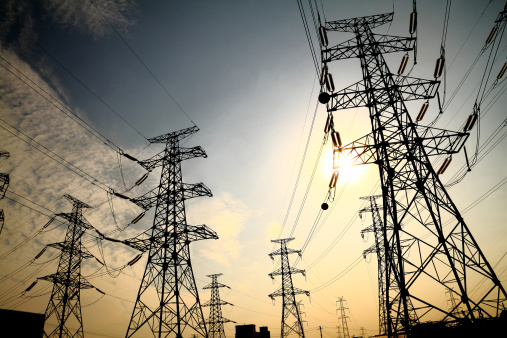
A team from the U.K.’s University of Cambridge Centre for Risk Studies and insurer Lloyd’s estimate that the total impact on the U.S. economy could reach more than $1 trillion in the most extreme version of the scenario. The team released its report, “Business Blackout,” Wednesday morning and noted that direct and indirect economic damage the U.S. economy could fall into a range of $243 billion to more than $1 trillion. Because Lloyd’s is an insurance company, the report focuses on the potential impact of such a scenario on insurance losses, but that does not appear to affect the assumptions that were used in the report.
ALSO READ: 9 Cities Running Out of Water
The scenario assumes that a piece of malware infects power plant control rooms in the northeastern United States and goes undetected for some period before it is triggered and takes control of 50 generators, forcing them to overload and fail. This cuts power, at least temporarily, to the northeast regional grid, including New York City. Repairs and power restoration are expected to range from hours to weeks. According to the report:
Economic impacts include direct damage to assets and infrastructure, decline in sales revenue to electricity supply companies, loss of sales revenue to business and disruption to the supply chain. The total impact to the US economy is estimated at $243bn, rising to more than $1trn in the most extreme version of the scenario. … The total of claims paid by the insurance industry is estimated at $21.4bn, rising to $71.1bn in the most extreme version of the scenario.
The gross domestic product (GDP) of Mexico in 2014, the world’s 15th largest, was approximately $1.28 trillion. A $1 trillion hit to the U.S. economy represents about 6% of U.S. 2014 GDP.
While the numbers may seem huge, the report cites data indicating the U.S. economy already suffers about $96 billion a year in losses from power outages. More than 95% of these costs fall on commercial and industrial users, and the majority (67%) are short power interruptions lasting five minutes or less.
Residential users consume about 36% of the electricity in the northeast region of the United States. Potential economic costs to consumers range from $7.54 billion to $27.6 billion in the study’s scenario. Losses in the commercial sector (which uses 39% of the electricity) and the industrial sector (25% of total consumption) could reach significantly more.
ALSO READ: 20 Cities With the Widest Gap Between the Rich and Poor
Credit card companies are handing out rewards and benefits to win the best customers. A good cash back card can be worth thousands of dollars a year in free money, not to mention other perks like travel, insurance, and access to fancy lounges. See our top picks for the best credit cards today. You won’t want to miss some of these offers.
Flywheel Publishing has partnered with CardRatings for our coverage of credit card products. Flywheel Publishing and CardRatings may receive a commission from card issuers.
Thank you for reading! Have some feedback for us?
Contact the 24/7 Wall St. editorial team.


